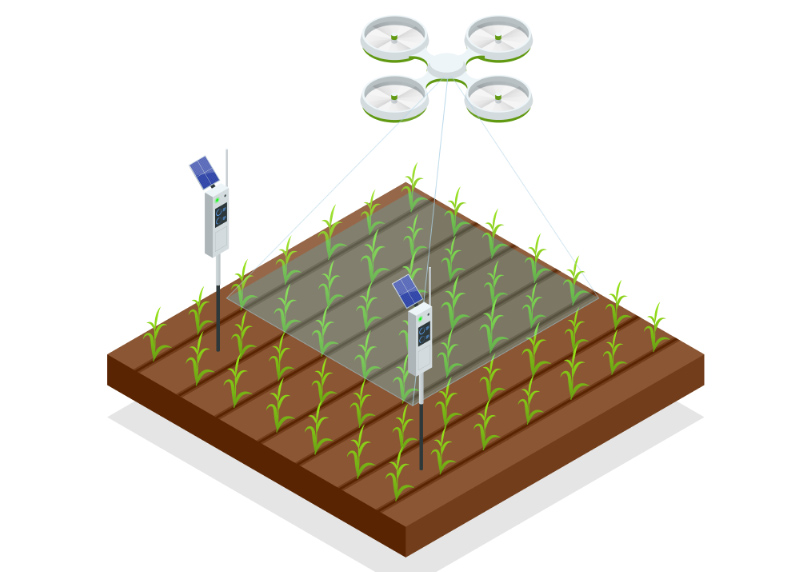Affordable Digital Field Survey Software for Agencies
Field management for Digital Field Survey software
Survey software is used to obtain input from a specific sample using several computer-assisted approaches. The primary objective of survey software solutions is to facilitate the creation, distribution, and analysis of surveys. Typically, they do this online using drag-and-drop tools and automated capabilities. Survey software solutions accelerate, improve, and simplify the process compared to manual surveys.It is applicable in several contexts, including consumer feedback, employee satisfaction, post-event analysis, market research, and academic program evaluation. Field management for Digital Field Survey software for agency helps you ask the correct questions, communicate with your audience, evaluate replies, and apply what you discover.

Depending on the feature set, survey software provides various advantages. You will now comprehend the value of survey platform for your organisation, as you will have experienced the following benefits.
- Professionally design surveys. Predictive analytics is a characteristic of more complex survey software solutions that can anticipate the success of your survey. Among the considerations evaluated is the length of the questionnaire, its relevance to your target audience, and the outcomes of previous surveys. In addition to a knowledge library of industry best practices, more established systems that have handled survey processing for years may also have a knowledge base. Similarly, some systems provide white labelling of interfaces. You may customise the user interface with your logo, colours, and direct message to create a unique thank-you page.
- Reduce expenditures. Using software to conduct online surveys may save labour and material costs. Printing, distributing, and collecting data via manual surveys takes time and money. Software-based surveys are particularly beneficial for large-scale surveys because they can be easily duplicated, disseminated, and conducted with little manpower.
- Central data collection. Survey software improves the organisation of data collecting by merging all responses into a single database. The approach is real-time; as soon as responders answer, their responses are stored on a server. The danger of losing or tainting raw data is reduced since the approach is more straightforward and efficient than human surveys.
- Flexible. You may modify a small number of items or the complete survey at no expense or use alternative wording to target different populations. Using survey software, you may enhance your questionnaires in various ways.
- Your target market. A network of responders categorised by demographics, industry, profession, and interest is an additional feature offered by some systems. This service is a beautiful approach to launching your survey, especially if you lack a ready pool of respondents. Depending on the program, your survey may be disseminated by email, online, or social media.
- Respondent-friendly. Many individuals feel at home responding to questions in their digital environments or completing the survey online at their leisure. Under the guise of anonymity, respondents are also more likely to reveal their actual views or emotions, which is advantageous for the objectivity of the input you want.
- Researcher-friendly. While real-time feedback is possible, surveys are simple, quick, and straightforward to develop and disseminate. In addition, analytics can extract insights from even the most complex data collection; hence, survey software streamlines research.
What function does Field management for Digital Field Survey software have? You can customise the survey's dynamics and methodology by using several options, which may incorporate any or all of these features. The following elements are essential for survey software:
- Creator of a survey. Frequently, survey creators adopt a drag-and-drop interface with capabilities for layout and design, versioning, question morphing, and preview. The builder produces the look and functionality of the survey's front end, but conditions, a different component control its behavior. You have two alternatives when it comes to needs: questions and responses.
- Norms for replying. Survey software characteristics include pipelining or looping dynamics, disclosing or concealing questions, and the power to randomize response choices. Moreover, answers may be predetermined using conditional triggers to customise the poll further. A good solution may include custom scripting, enabling the development of distinct process flows and behaviors.
- Scoring. Survey software may be configured with a default or rule-based scoring system depending on the answer-question conditions employed. Automated scoring and tallying expedite the collecting of input and the development of insights.
- Email invitation sent out. A survey solution may interface with a third-party application or contain a mailer for questionnaire invitation distribution. Frequently, test results are sent by email, enabling you to modify the questions.
- Multimedia. In interactive surveys built using survey software, images, videos, and graphics may be included. This capability may be connected with another app or incorporated directly within the app.
- Response management. Data collection may be organised in several ways, including establishing a quota to limit the number of replies, automatically categorising responses, and triggering subsequent actions. Additionally, the functionality enables real-time feedback collecting and monitoring throughout several iterations.
- Data analysis. This feature's complexity differs across free and paid applications. Complex systems may contain cross-tabulation, filtering, weighing, and other multivariate statistical techniques in addition to the standard summaries generated by standard analytics.